您的购物车目前是空的!
Bedroom remodeling plans: track socket locations
Beginner's Guide to Track Sockets discussion of various topics Outlets Guide remodeling plans
Bedroom remodeling plans: track socket locations
The bedroom is more versatile than we often realize. It’s not just a place to sleep; it also serves as a space to relax, get dressed, and store clothes and shoes. In many homes, the bedroom doubles as a work area, study zone, exercise space, or even a retreat for peace and quiet. Since we spend so much time here and rely heavily on household devices, it’s important to thoughtfully plan the placement of electrical outlets to accommodate our modern dependence on electrical energy.
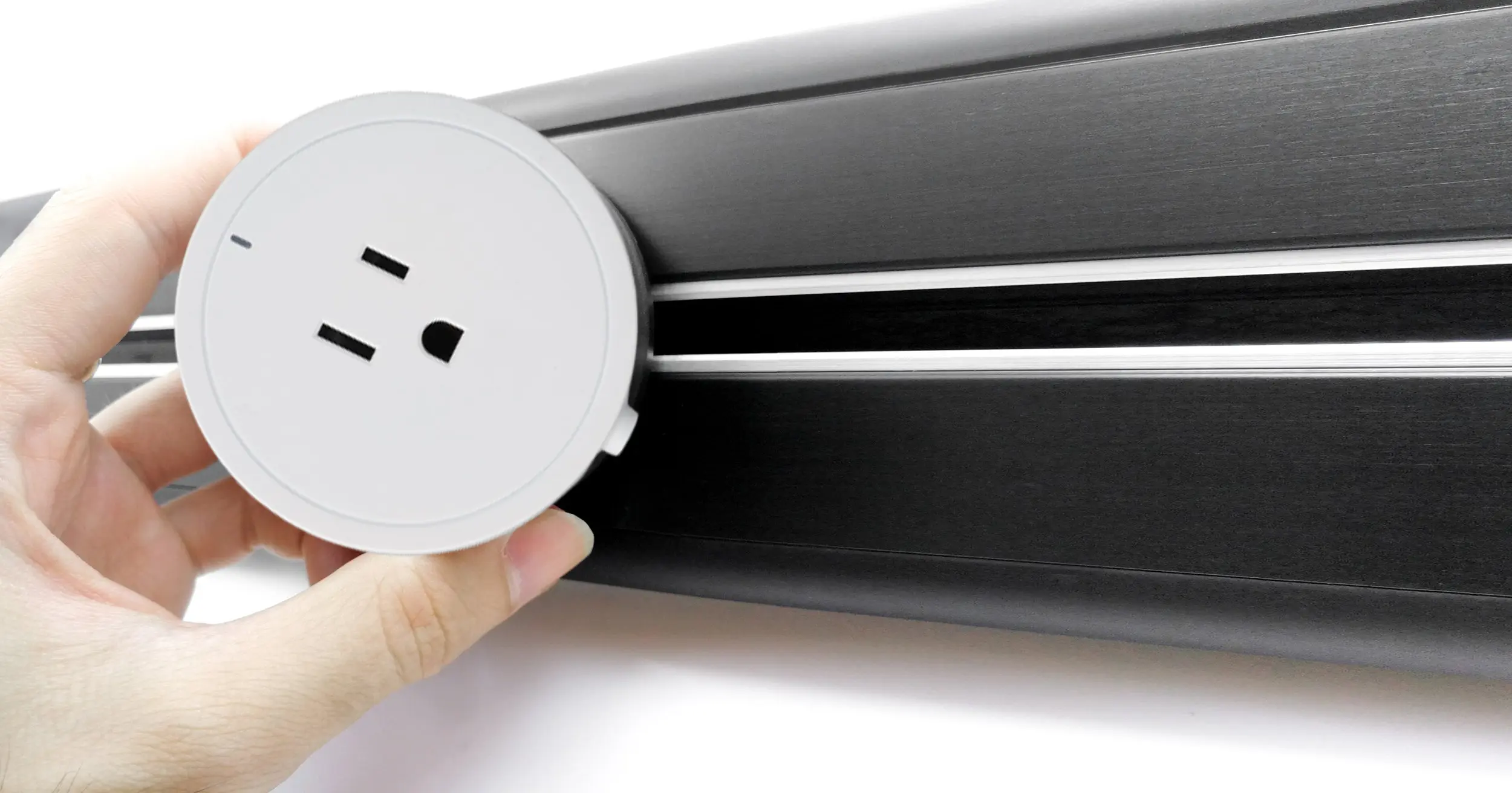
There are some important considerations to take into account when choosing where to locate your bedroom outlets and switches to ensure that you make the right decision and feel comfortable with your choice in the long run.
In this article, we’ll look at the factors to consider when deciding where to place the power track socket in your bedroom
1.Know electrical code rules and restrictions
Let’s use the U.S. electrical code as an example:
The United States has some of the most complex voltage levels for both residential and commercial applications compared to EU and IEC countries. Basic household voltage in the US is 120V/240V, whereas most IEC countries, including the UK, EU, AUS, and NZ, use a simple 230V single phase and 400-415V three-phase voltage for domestic and small-scale commercial applications.–source:How Track Sockets Comply with US/UK Voltage Standards
The electrical needs in your bedroom are very different from those in your kitchen and bathroom. For this reason, it is also important to know the electrical codes in your city. Building codes exist not only for the functionality of the home, but also for safety. Learn the rules and guidelines set by the International Residential Code, the National Electrical Code (NEC), and any local codes. These codes primarily cover minimum requirements for distance between outlets and distance from corners.
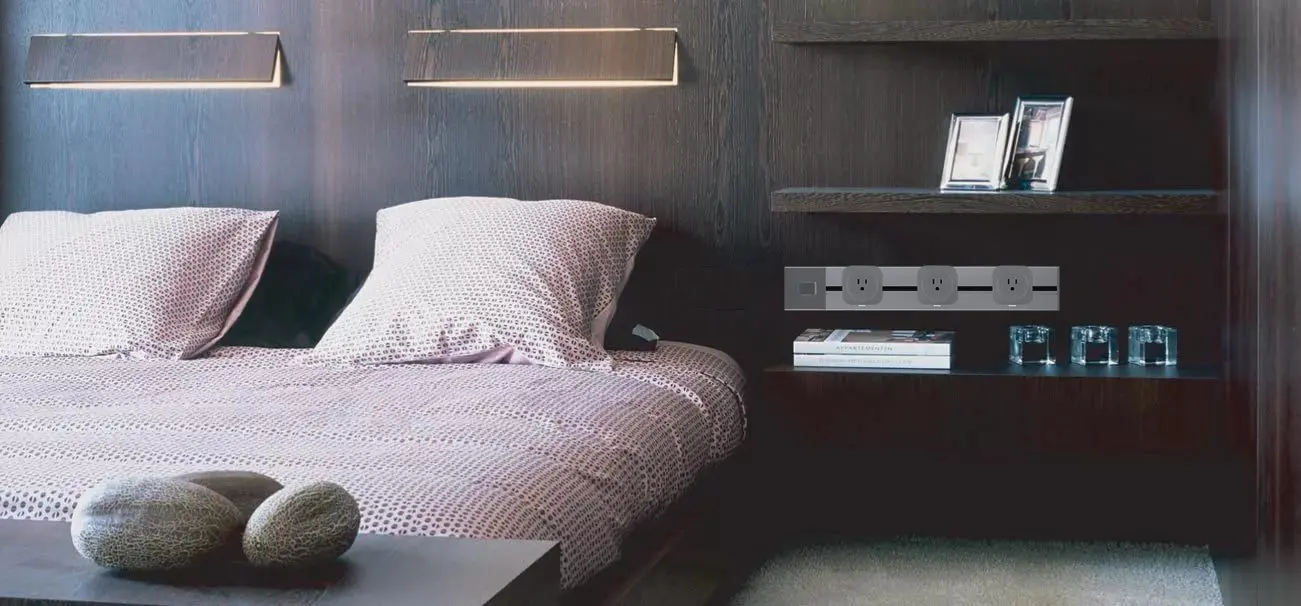
2.Evaluate how much electrical power your bedroom needs
Compared to the kitchen, the bedroom does not need a lot of electricity and high-power equipment, but the bedroom needs to ensure the safety and convenience of electricity, the comfort of the bedroom often determines the degree of happiness of people for the home.
What appliances do you often use in the bedroom
Many people charge their mobile phones, tablets, laptops and other devices on their bedside table, and in addition to this the bedroom may also have a TV or a projector that needs to be charged.
However, various devices that need to be charged often cannot be used at the same time, and various charging cables cross each other, and the tangle can make the bedroom unsightly, but also affect the comfort and convenience of the bedroom, and most importantly, there is a very high risk problem. The wowsocket-track socket not only enables convenient and safe use of electricity and makes charging cables tidy in the bedroom, but also has a variety of colours that can be perfectly integrated into the bedroom style.
Do you have children or a partner
live alone
If you live alone, you don’t need to think about where the track socket is installed, as long as it’s easy for you to use it yourself
Living with a partner
However, if you live with a partner, it is non-negotiable that there should be a socket on each side of the bed, and one double socket on each side is sufficient to accommodate a bedside lamp and a clock radio socket. However, these days most people also charge their mobile phones overnight. Fortunately, you don’t need to install multiple sockets to alleviate the increasing demand for electricity, and you may want to think about replacing them with track sockets, which come with a power track and 3 removable, detachable track outlets for maximum compatibility!
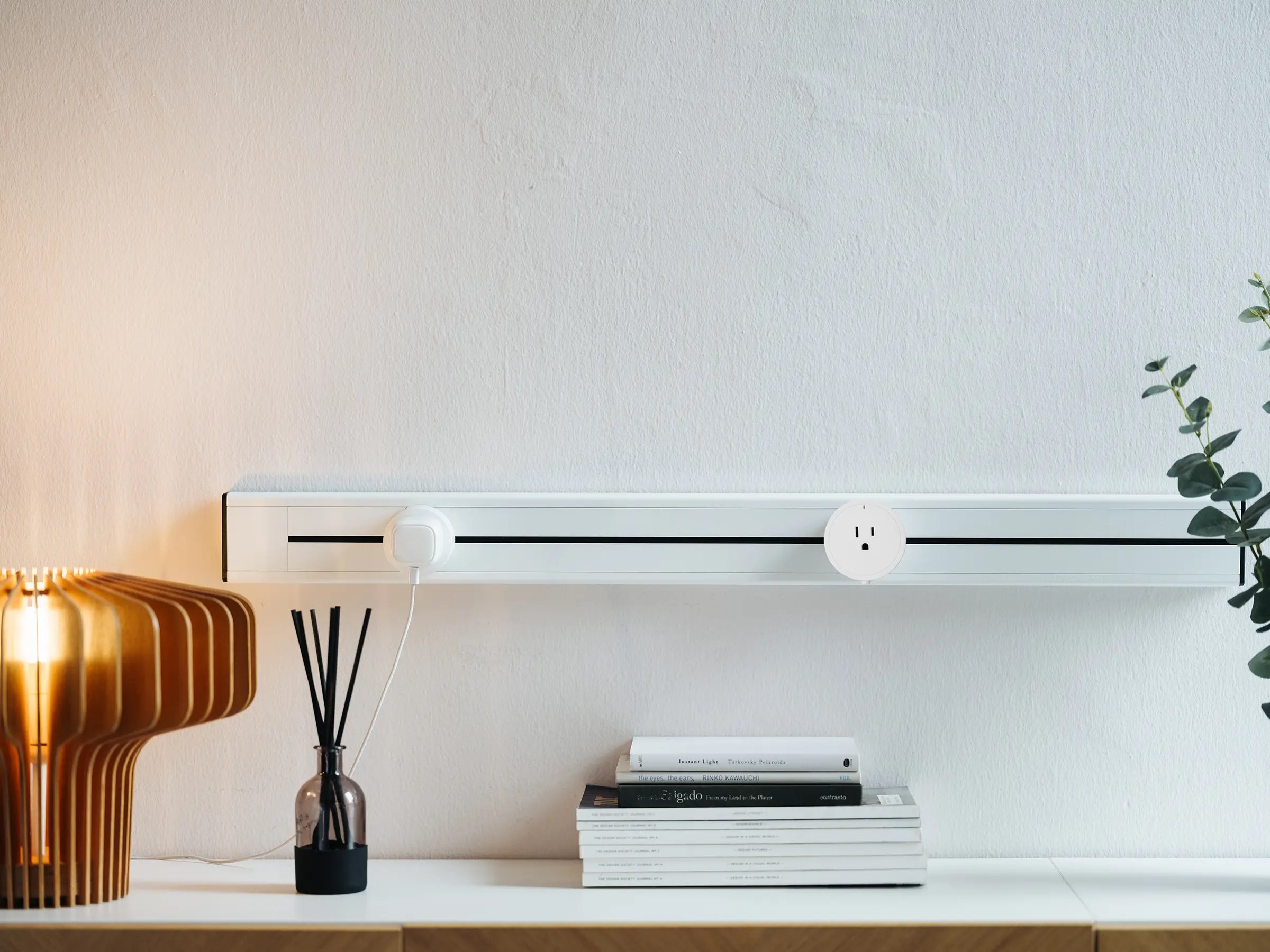
Child’s bedroom
For bedrooms with children, children have different needs, but this doesn’t necessarily mean that the number of sockets will be reduced
If kids are sharing a room, each bed will need double sockets, just like adults do, for lamps, radios, and chargers. Since single beds usually only need access from one side, they’re often pushed into a corner. The socket should be placed beside the headboard, 450 mm from the floor, in line with Building Regulations.
Bunk beds, however, can be trickier because it’s not ideal to install sockets high up on the wall. Plugging cables in at a height increases the risk of them being pulled out accidentally, and the weight of the cable can strain the plug. Additionally, Building Regulations require sockets to be no higher than 1200 mm from the floor. For someone on the top bunk who needs to charge a phone, it’s better to use a long charger cable from a regular wall socket rather than trying to install one at the height of the top bunk. They may have to go without direct access to a power outlet.
Do you charge your wireless devices frequently
The best solution is to install more sockets, but for traditional sockets, it costs a lot of money to install new sockets, not to mention that they can’t be moved after installation, and wowsocket provides a new solution, which is to install power track sockets, track outlets are not only detachable and movable, but also safe and beautiful!
3.Plan with beauty in mind
Why don’t hotels have a sense of home, when you think about it, hotels have worse socket layouts and electricity, I hate it when I’m ready to charge my laptop and my tablet just has to be unplugged, always keeping an eye on their power levels!
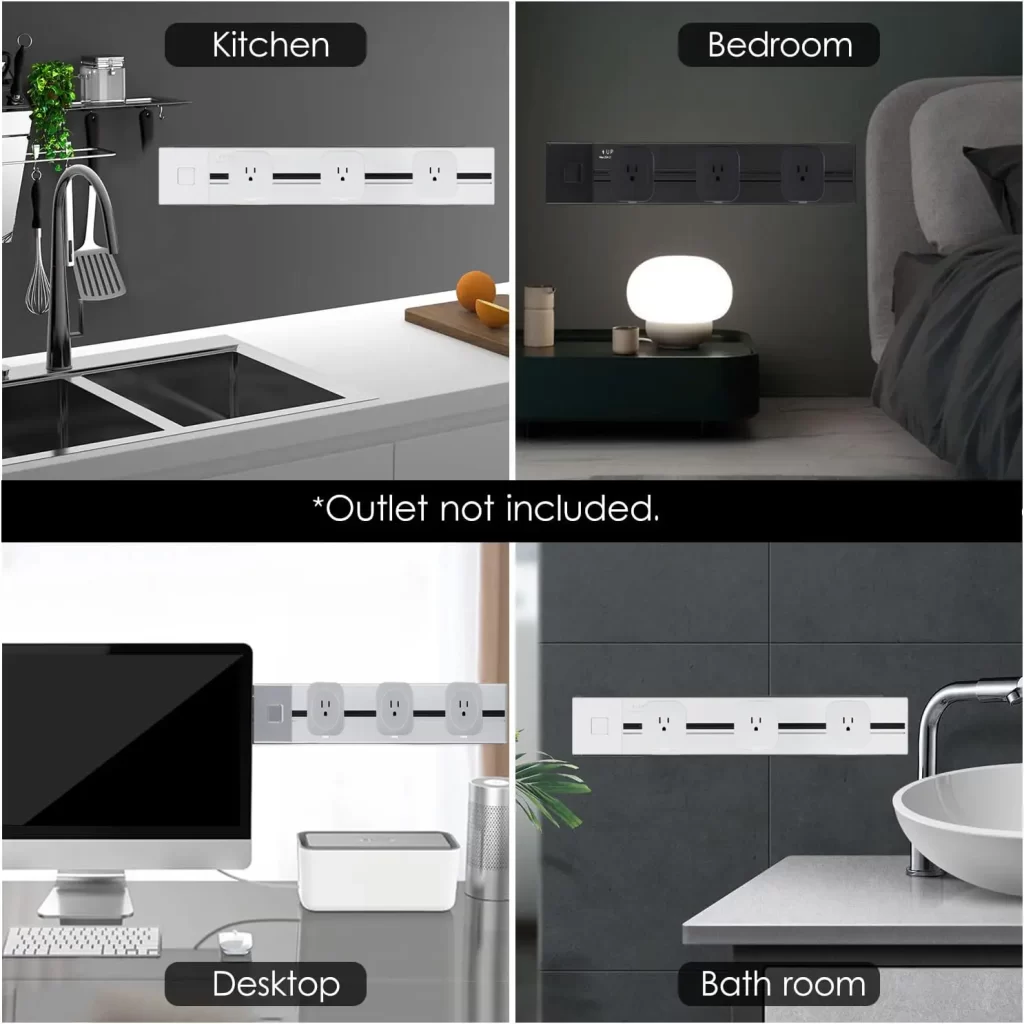
The key to a happy home is to pay attention to the details, and a clean bedroom with easy access to electricity is one of the keys!
So when laying out your bedroom, consider whether the sockets need to be customised, hidden or camouflaged
customizable
The market offers many sockets that can be customised, including track sockets, and customisation allows track sockets to perfectly match a home’s décor and electricity habits, making electricity convenient for everyone. Everyone’s bedroom layout is different, and customisation can be a great way to reflect personal preferences and styles without ruining the individual experience.
And wowsocket also provides customised services including power track and electrical outlets, if you are interested, please click here for details and contact us!
Conceal
Concealing outlets doesn’t have to be intricate, but it does call for prior planning. Given the limited space, the most effective solutions combine power accessibility with storage by situating outlets within medicine cabinets, drawers, cabinets, and concealed beneath vanity cabinets—a tactic frequently employed in kitchen,bathroom designs.
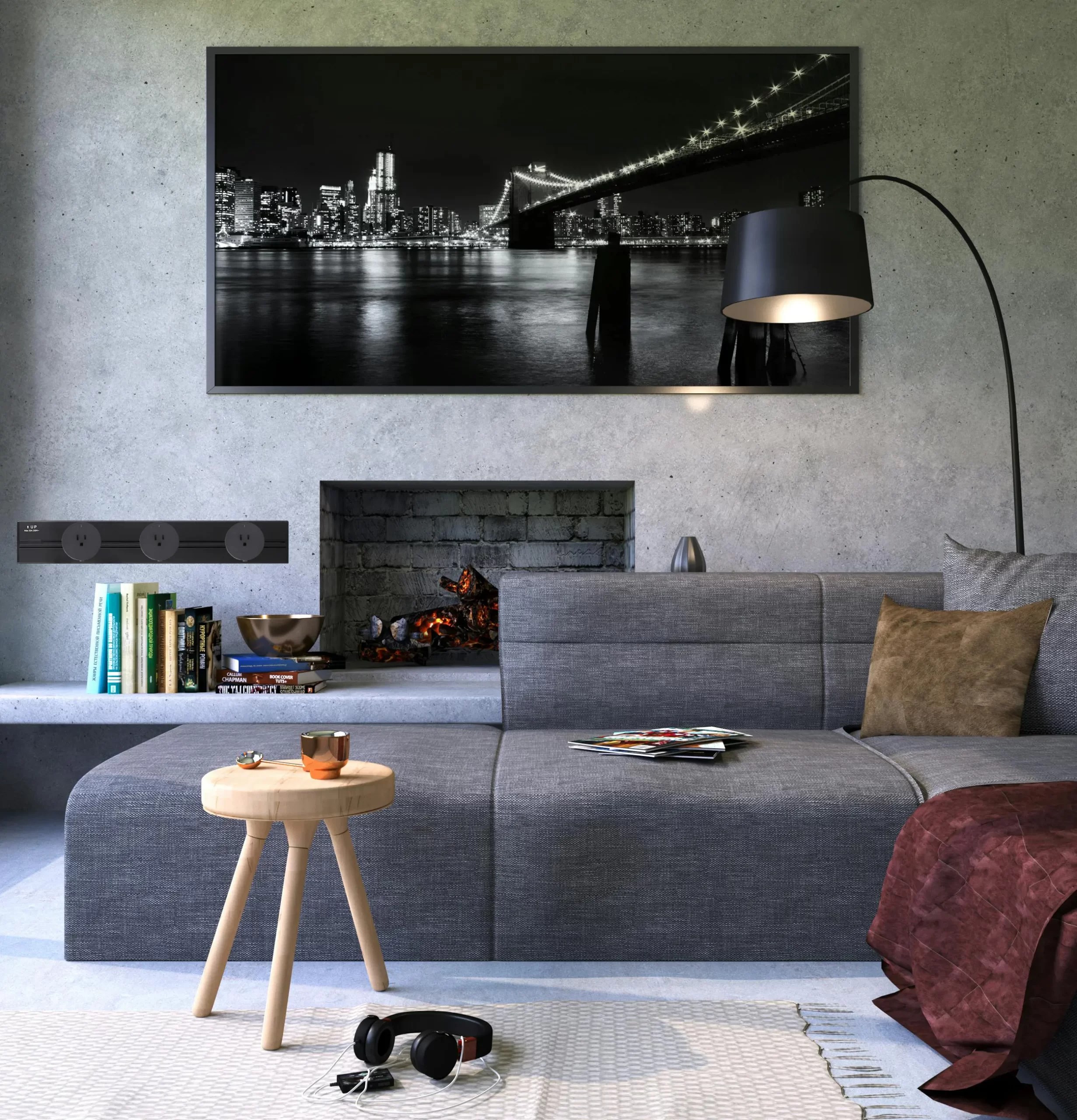
Camouflage
The sockets on the left and right sides integrate well with the style of the bedroom without losing safety and convenience. The socket distribution perfectly solves the electricity needs of two people.
4.Complement
AFCI requirements: The NEC requires that virtually all branch circuits for lighting and receptacles in a home have arc-fault circuit-interrupter (or AFCI) protection, to guard against sparking (arcing) and reduce the chance of fire. The AFCI requirement is in addition to any GFCI protection required, and does not replace the need for a GFCI.
AFCI requirements are mainly enforced in new construction, and there is no requirement to update your home to comply. But as of the 2017 NEC revision, when homeowners do update or replace receptacles, they are required to add AFCI protection to the updated area.–source:thespruce
5.FAQs
What Other Electrical Points Do You Need in Your Bedroom?
Lighting Controls:
USB Outlets:
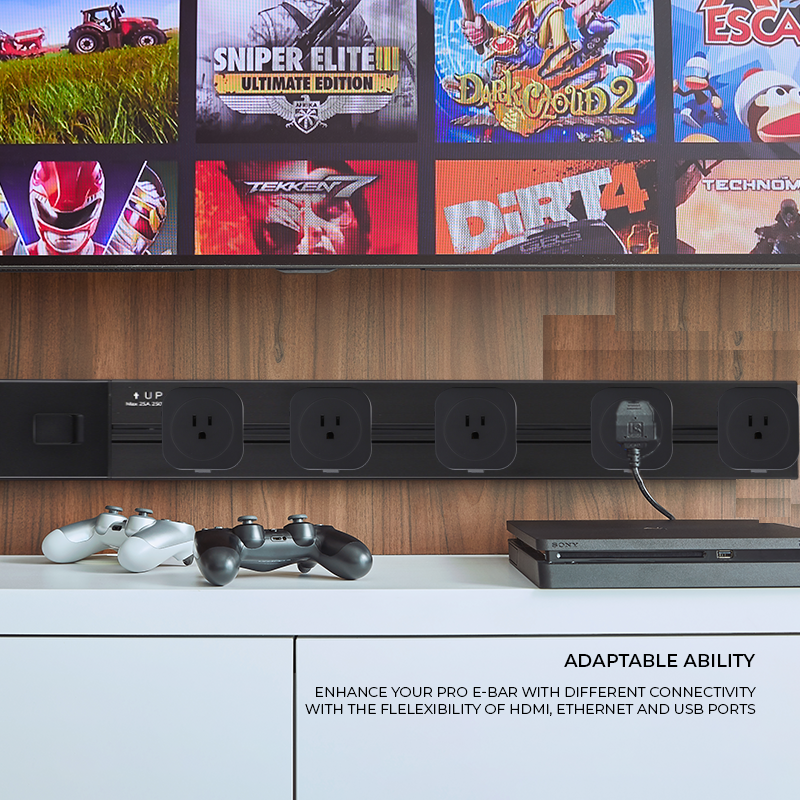
Power Outlets for Entertainment:
Wardrobe Lighting:
Smart Home Integration:
Heating or Air Conditioning Points:
Work or Study Area:
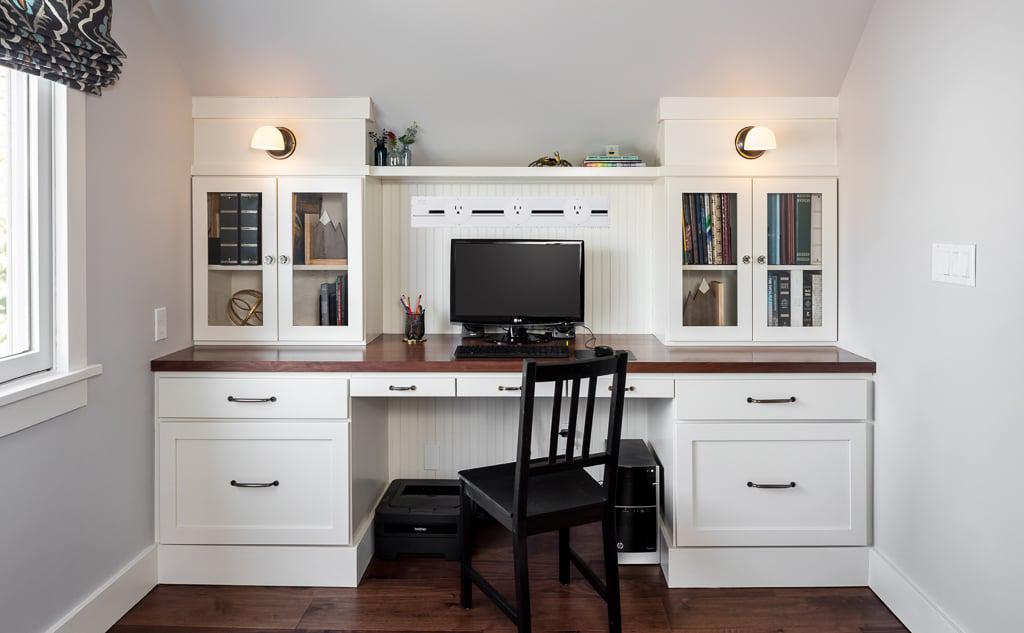
Floor or Bedside Lamps:
Shaver Sockets:
How many sockets should I have in my bedroom?
There isn’t a universal standard for how many sockets should be installed in a bedroom. It’s essential to plan their placement for maximum comfort. Ideally, calculate the number of outlets during the room’s renovation phase. To determine the right amount, keep a few basic guidelines in mind:
When planning socket placement, it’s important to take into account the presence of various functional areas in the room, such as:
- Wowsocket: Your Trusted Track Socket Factory for UK-Compliant Power Solutions
- Track Socket UK: The Ultimate Guide to Choosing and Installing the Right Power Solution
- Track Sockets in the Netherlands: The Ultimate Solution for Smart Homes
- Les Prises de Courant sur Rail en France : La Solution Électrique Flexible et Intelligente pour Votre Maison
- UK Track Sockets: The Ultimate Smart Power Solution for Your Home
23,444 点击次数
《 “Bedroom remodeling plans: track socket locations” 》 有 3 条评论
-
Now that’s something like it!
-
I join. So happens.
-
What charming phrase

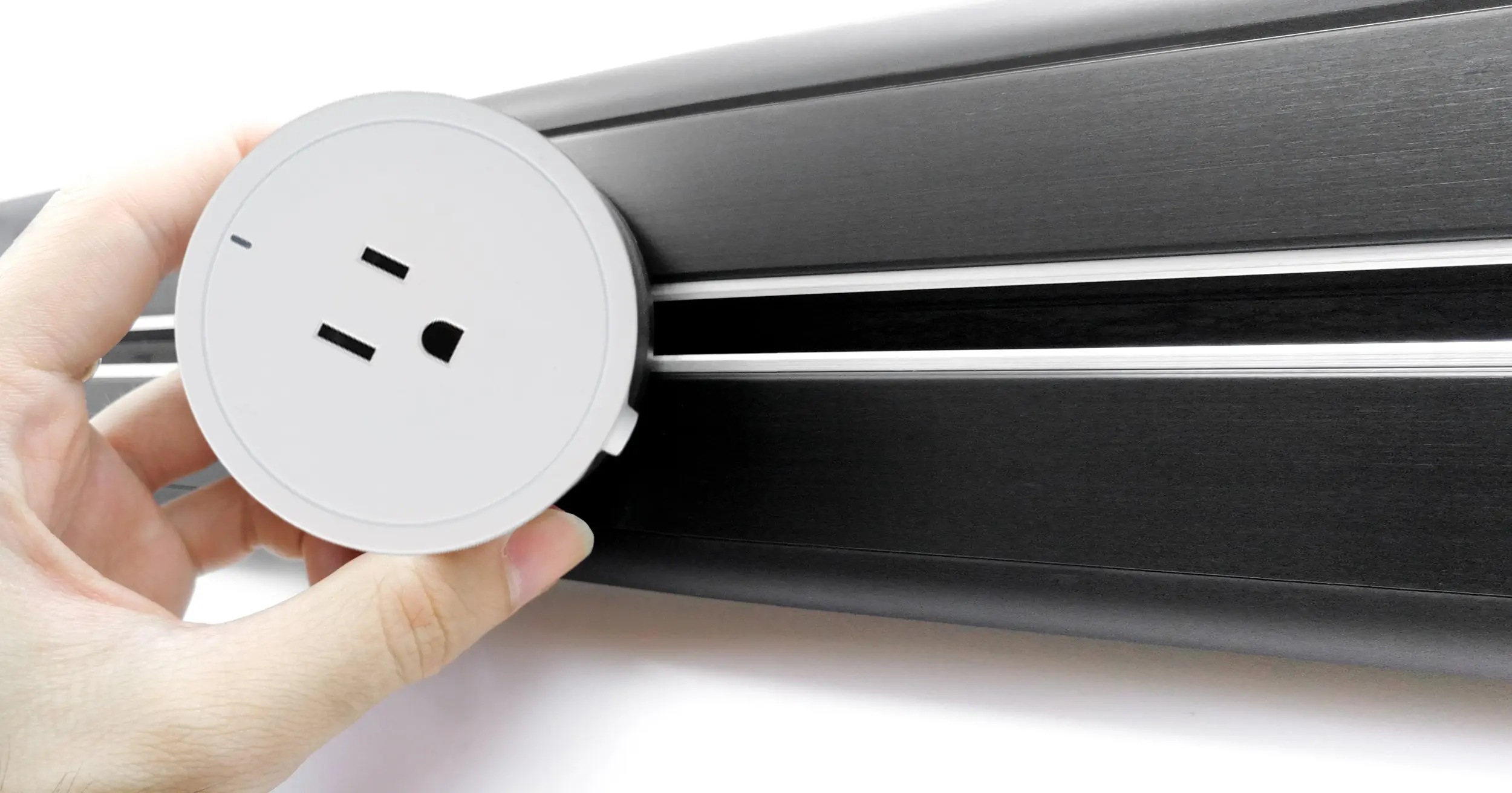
发表回复